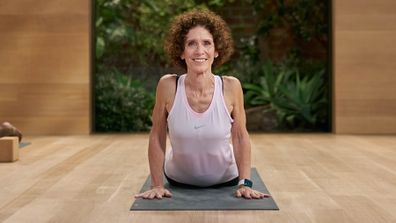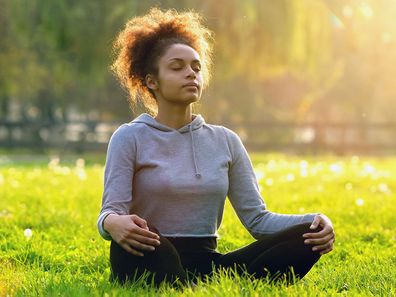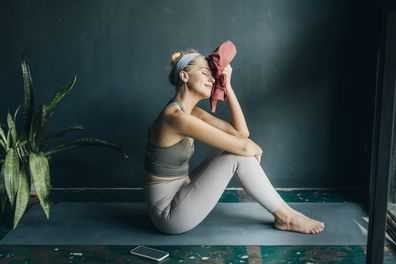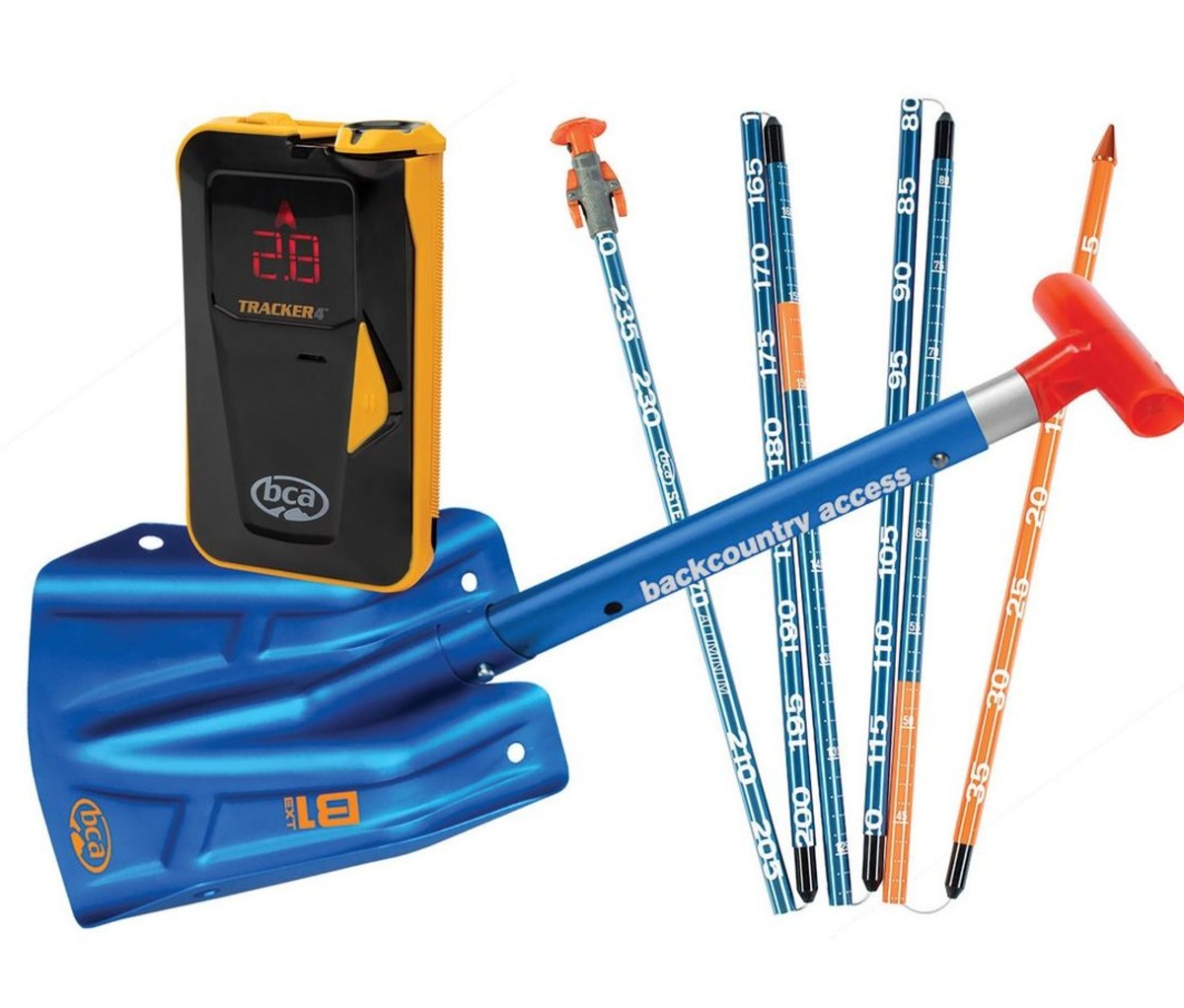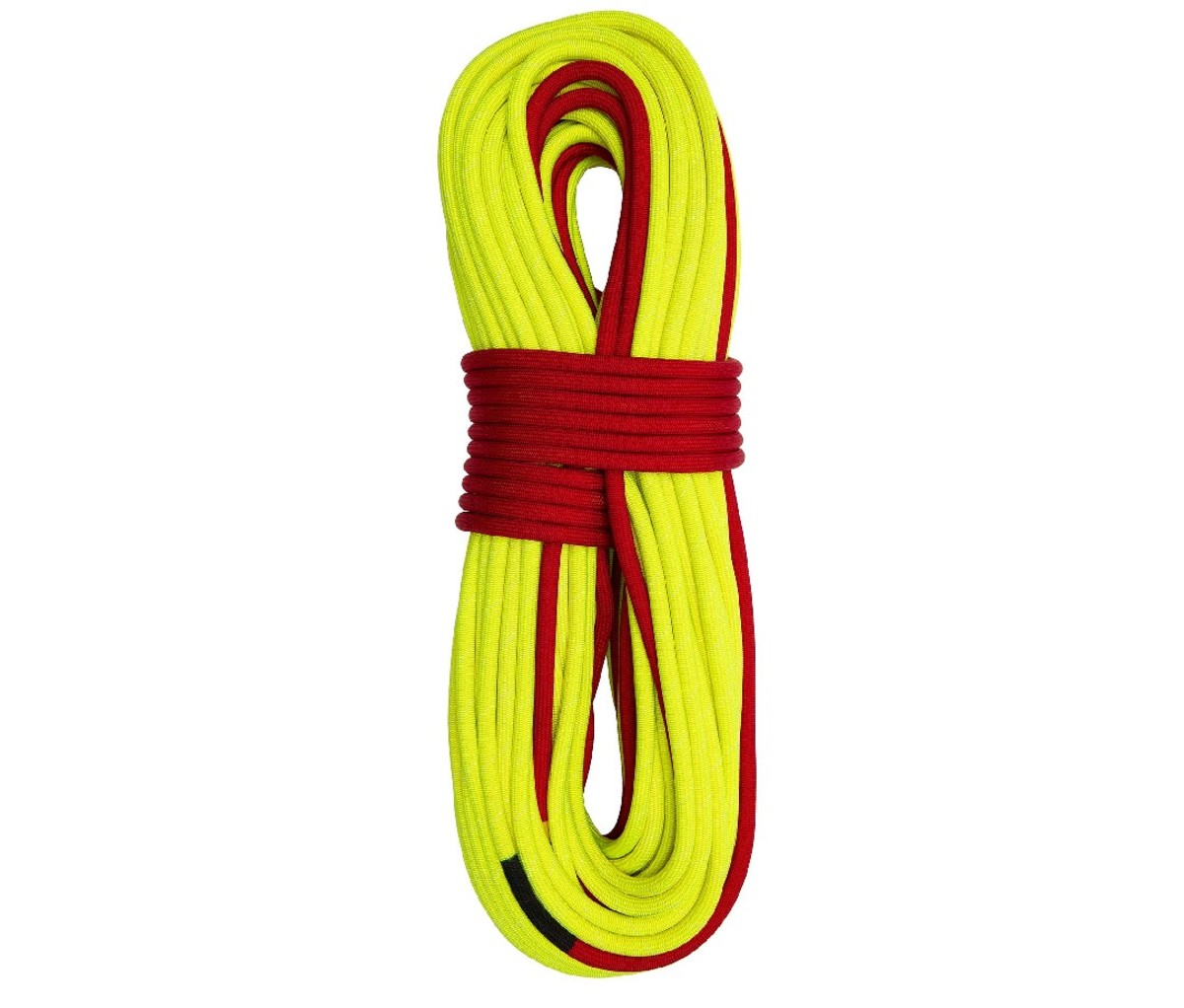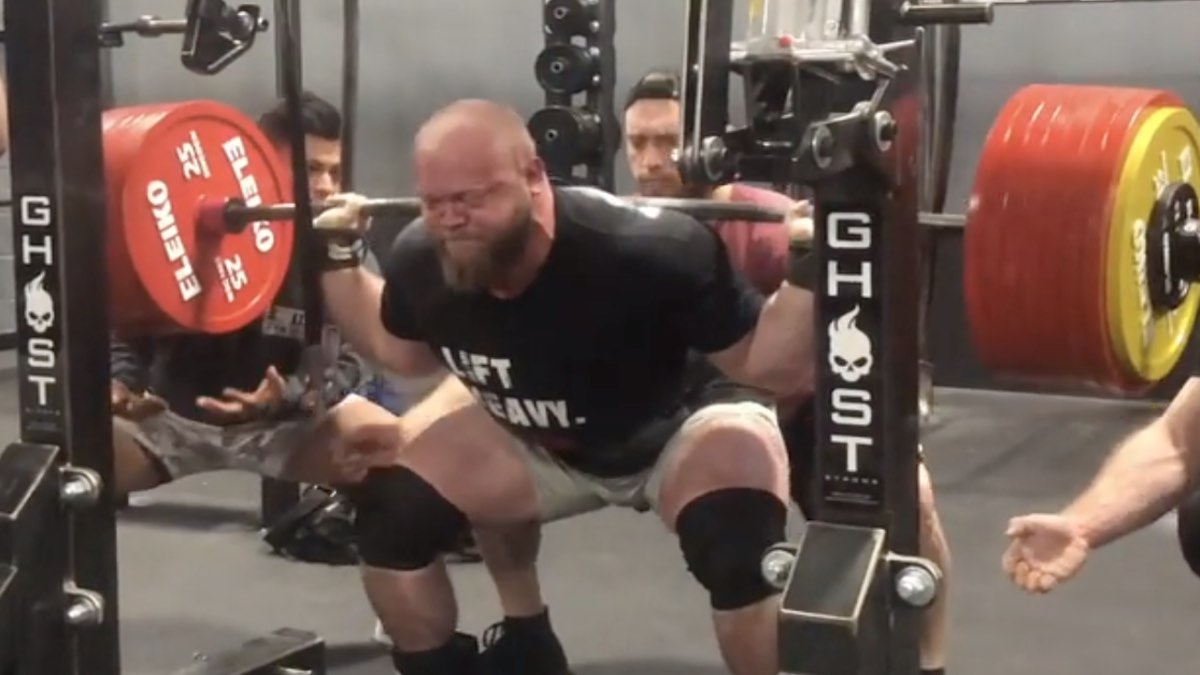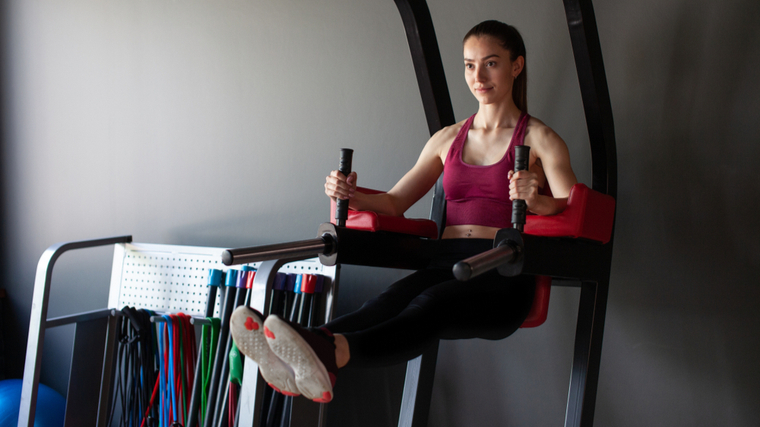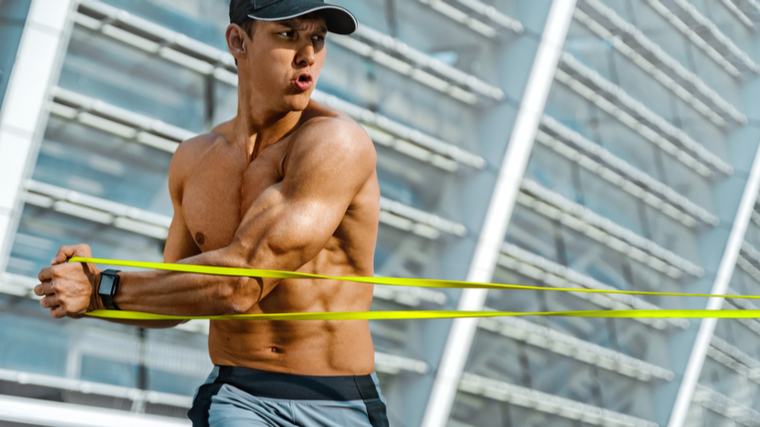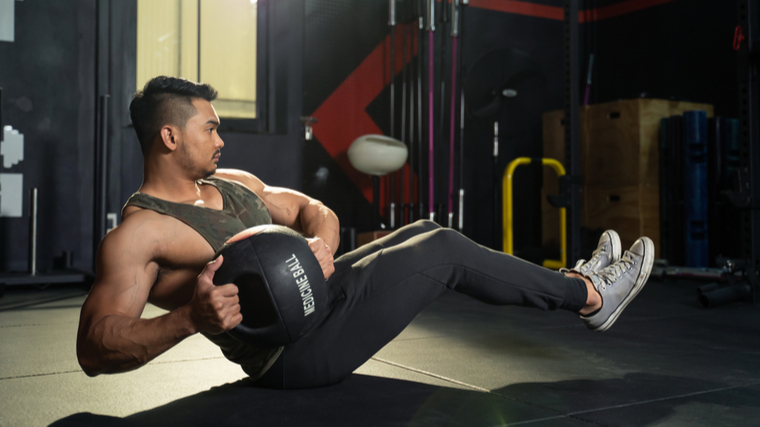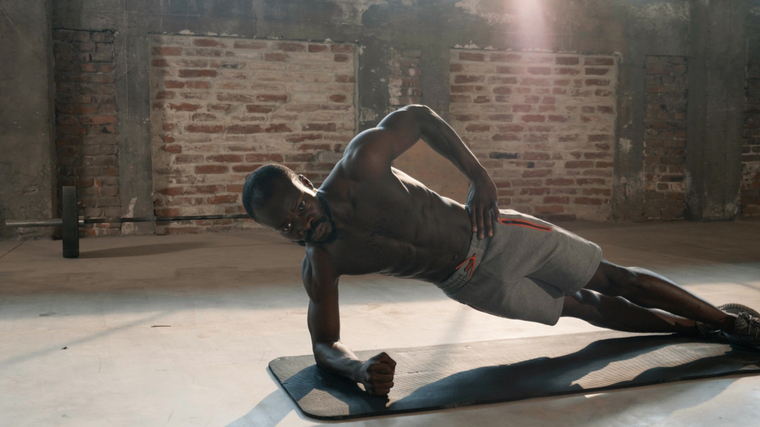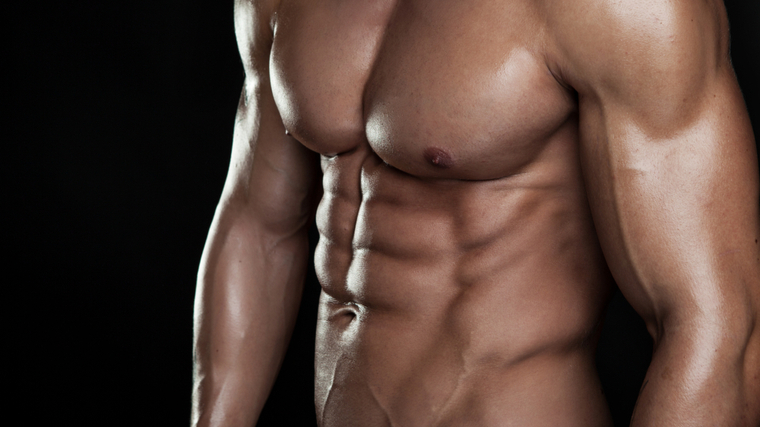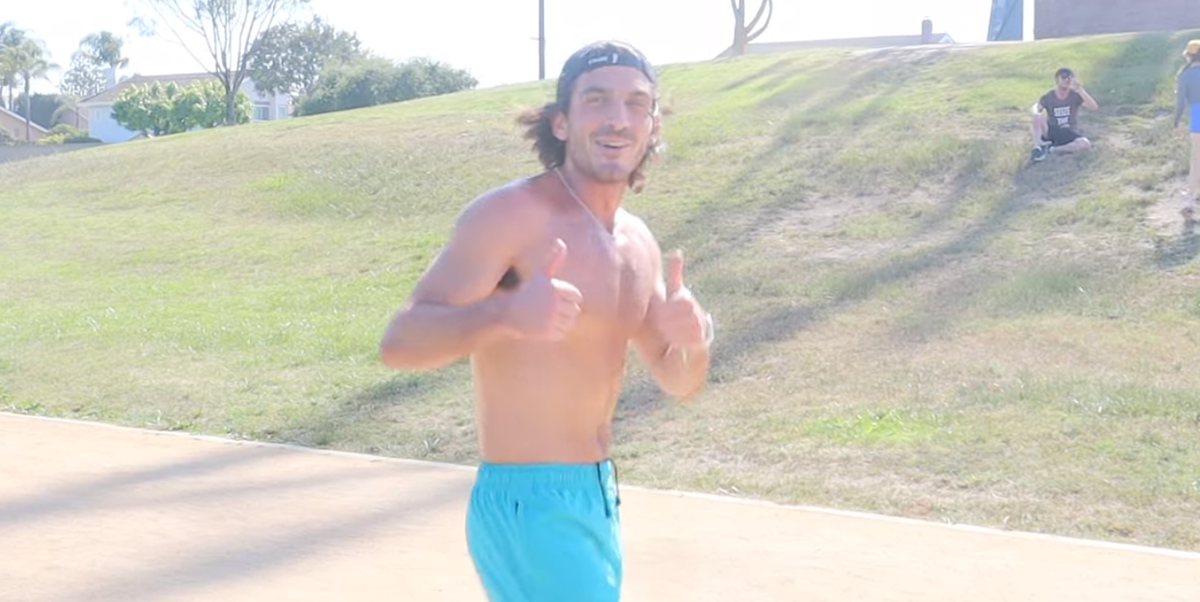
COLLEEN TIGHE
The alarm was deafening. My coffin-shaped acrylics crawled from underneath the covers, searched for the stop button and quickly found my Apple Watch. I slapped the device onto my wrist before I washed my face, brushed my teeth or checked my phone. If I didn’t start tracking soon, I wouldn’t get credit for the calories I burned or the minutes I stood — the core metrics tracked by Apple’s signature “ring-closing” feature.
It was 6:02 a.m., and nothing else mattered. Snug against my wrist, my watch kept me company as I bounced from my bed, into the kitchen to turn on the tea kettle, and back into my bedroom to get dressed for the day’s first workout: power yoga. I tossed my digital companion aside while I showered, but it was affixed back in position before the water stopped dripping from the faucet. Every step, even those paced inside my apartment, counted.
Soon, my partner and I were out the door and onto the train. We hopped off a few stops early to walk a mile to the office. By 9 a.m., my watch had alerted me that my exercise ring was closed. The ring spun clockwise with a fiery green swirl and congratulated me on the achievement with this pop-up message:
You’ve passed your exercise goal, Julia — and the day has just begun!
Millions of Americans are pursuing perfection by quantifying themselves. A 2019 Gallup poll found that 19 percent of Americans — at the time, roughly 62.4 million people — were using a fitness tracker, while 15 percent had done so in the past. Nineteen percent of the country said they were tracking their fitness through an app. (Gallup said 10 percent were doing both.)
The amount of steps you take, the number of hours you sleep, the speed your heart beats — it’s all data, all information to tell you whether you’re the same as you’ve always been or whether your body is changing.
Fitness trackers like my Apple Watch are what generate the data, and each has its own gimmick. Some have simple metrics, such as a step pedometer that clips to your waistband, while others — like Oura rings, Garmins, Fitbits and Apple Watches — provide more nuanced insight into someone’s physiology.
Enthusiasts of quantifying maintain that paying attention to individual health data is how they achieve a state of nirvana. And these metrics can be powerful tools. For example, if someone has a chronic condition such as migraines, they can track their sleep cycles to learn that they can avoid a headache when they have, say, nine and a half hours of sleep versus their usual seven.
That’s the best-case scenario. Mine was not that. I became obsessed with quantifying myself. I thought if I could push my health metrics, that level of optimization would flow into the rest of my life, which felt inadequate at the time. I was perpetually anxious, and I teetered on the edge of another depressive episode right as I switched jobs. It didn’t help that several health issues kept me in and out of the hospital that year, fueling my anxiety about my body and well-being. All of it made me feel as if I wasn’t good enough. So, if my body was optimal, I thought, maybe everything else would be, too.
Developing a healthy relationship with fitness is vital for anyone looking to enhance their overall physical and mental well-being. But just because it’s vital doesn’t mean it’s easy.
“When people’s mindset changes from viewing fitness as a healthy way of life to viewing fitness as an absolute must without room for adjustments, there tend to be physical and emotional consequences,” said Northwestern University’s Michele Kerulis, an expert in sports psychology and counseling, over email. “Sometimes people can become overly obsessed with the metrics, and that can exacerbate some of the triggers to developing an unhealthy relationship with fitness.”
That tracks. I first put on my Apple Watch when losing weight was my primary pursuit. I was enthralled by the notifications that urged me to set movement goals, the reminders to stand and the badges I got for hitting milestones, like my first strength workout or closing my rings. The continued reminders hipped me to how perfectly I was moving my body and made me painfully aware of any shortcomings. If my Move ring wasn’t closed by 6 p.m., the watch would give me a nudge.
You can still do it. 165 calories, and you’ll close your move ring, Julia.
I spent many nights mining the depths of my iPhone’s Health app, wondering how I could use this data to be perfect. Whatever “perfect” meant. For me, it was achieving my ideal body type through increased activity, closing my rings every day, getting all my health metrics into “optimal” zones and using that version of myself to improve other areas of life I thought were lacking — mainly my career. As I scrolled through my health metrics, I wondered whether improving my VO2 max would improve my energy, which would allow me to be more productive, which would help me further my career goals.
At the end of my first month with the watch, I was captivated by its overview of the month’s ring closures. I loved how seamless it looked when the rings were closed each day. That meant I had hit a streak.
Awesome job closing all three rings yesterday. Do it again today.
That same month, I closed all my rings for 30 days. The watch wanted me to keep going.
August Challenge: Julia, you’re halfway through the month. Burn another 8,000 calories to earn this award.
And I wanted to keep chasing that level of perfection.
Seeking refuge through fitness makes sense. Scientific studies show that exercise helps alleviate symptoms of depression and anxiety, improve cardiovascular health and ease pain associated with certain chronic diseases like rheumatoid arthritis. One study, on people who work out for a long time only on weekends instead of exercising most days of the week, found that even those weekend exercisers saw significant improvements in their well-being.
Fitness trackers, of course, can help people feel motivated to get out there and sweat. “The behavioral changes can be associated with some fun aspects of fitness trackers — like congratulation emails upon reaching milestones like logging a certain amount of miles or exercising for a specified period of time,” said Kerulis.
Being rewarded for completing a task does feel good, especially when it’s gamified. These devices use goals, rewards, challenges to overcome, constant feedback through hourly alerts that encourage wearers to move, and a social component so users can compare their metrics with others’ or compete against them. All this can be pretty fun.
But sometimes it can be dangerous. In a 2019 study looking at people’s everyday interactions with activity trackers, 210 wearers were surveyed to determine how fitness trackers affected their motivation for physical activity. Researchers found that motivation dropped whenever a regular wearer didn’t use their tracker. And, after taking into account other factors like the wearer’s personality and affinity for technology, they observed that those dependency levels were higher among participants who were working out only to achieve a goal compared with those who exercised because they enjoyed being active. And fitness trackers are incredibly integrated into the lives of many Americans.
“Device makers have never before been so intimately and parasitically involved in the shaping of daily lives,” wrote researchers Dorthe Brogård Kristensen and Minna Ruckenstein in a 2018 study that examined how fitness behaviors evolved alongside tracking technology. “[N]ot only in their urging that people measure themselves but also in feeding those measurements back to them in order to make the measured accountable to themselves.”
The findings of both studies are emblematic of Kerulis’s concerns about quantifying oneself.
“When people become too focused on the metrics and not on the process of fitness, they can decrease their awareness of how their bodies feel, which is a very important cue in exercise,” she said.
Phil Reed, a professor of psychology at Swansea University, agrees that obsessive tracking can be detrimental, especially if you’re already somewhat of a perfectionist who doesn’t believe you’re where you should be physically, mentally or in your career. “You are going to be vulnerable to doing things which reduce that perfectionist anxiety,” said Reed, who also writes “Digital World, Real World” for Psychology Today.
Perfectionism, which is on the rise among younger people, makes those who suffer from it prone to anxiety-driven behaviors. In some cases, like mine, the data can even become an extension of how someone understands themselves and can drive their need to get whatever results they’re seeking. And if that data, the accuracy of which varies by metric and device, doesn’t fit within optimal ranges, it can lead to more negative self-talk and guilt — or worse, overworking oneself past what’s humanly preferable.
As I dissected my prior relationship with fitness to write this piece, I thought about the price of what Celeste Headlee, the author of “Do Nothing: How to Break Away from Overworking, Overdoing, and Underliving,” called “artificial goals” when I interviewed her. Missing a fitness benchmark quickly made me think I was lazy or unmotivated, which inevitably associated exercise with shame despite how much I love how it feels to move my body. As the health and wellness landscape becomes more and more digital, it’s hard to imagine those costs won’t increase unless people figure out how to use fitness devices in a way that doesn’t cause obsession.
All my interviews and research suggest that fitness data must be interpreted individually. It’s fruitless to compare oneself with another human being whose body is different from yours. However, Kerulis added that we also must consider that our bodies change daily. And any questions about metrics are best handled by a physician who understands your health history or a fitness expert who understands that every body is unique.
Once the pandemic hit, I was forced to come to terms with that reality. In lockdown, I couldn’t exercise enough to close all my rings. I became aware that my relationship with fitness and tracking was very unhealthy — a realization that forced me to reconsider how I would use the technology going forward. I needed to construct a system for healthy engagement. I set aside device-free days that gave me space from the constant reminders and cut off as many notifications as possible. I left my watch at home for the long walk I took every Sunday. But what’s most important, I investigated why I felt the need to immerse myself in the data to begin with. I was chasing the pride associated with running a bit faster and lifting healthier — milestones I believed would make me perfect.
“There’s usually something behind the behavior that these devices are purporting to measure. And the more the attention gets switched onto the measurement, the less we lose sight of the really important question of why,” said Reed. “And without addressing that, you’re never going to be happy.”
